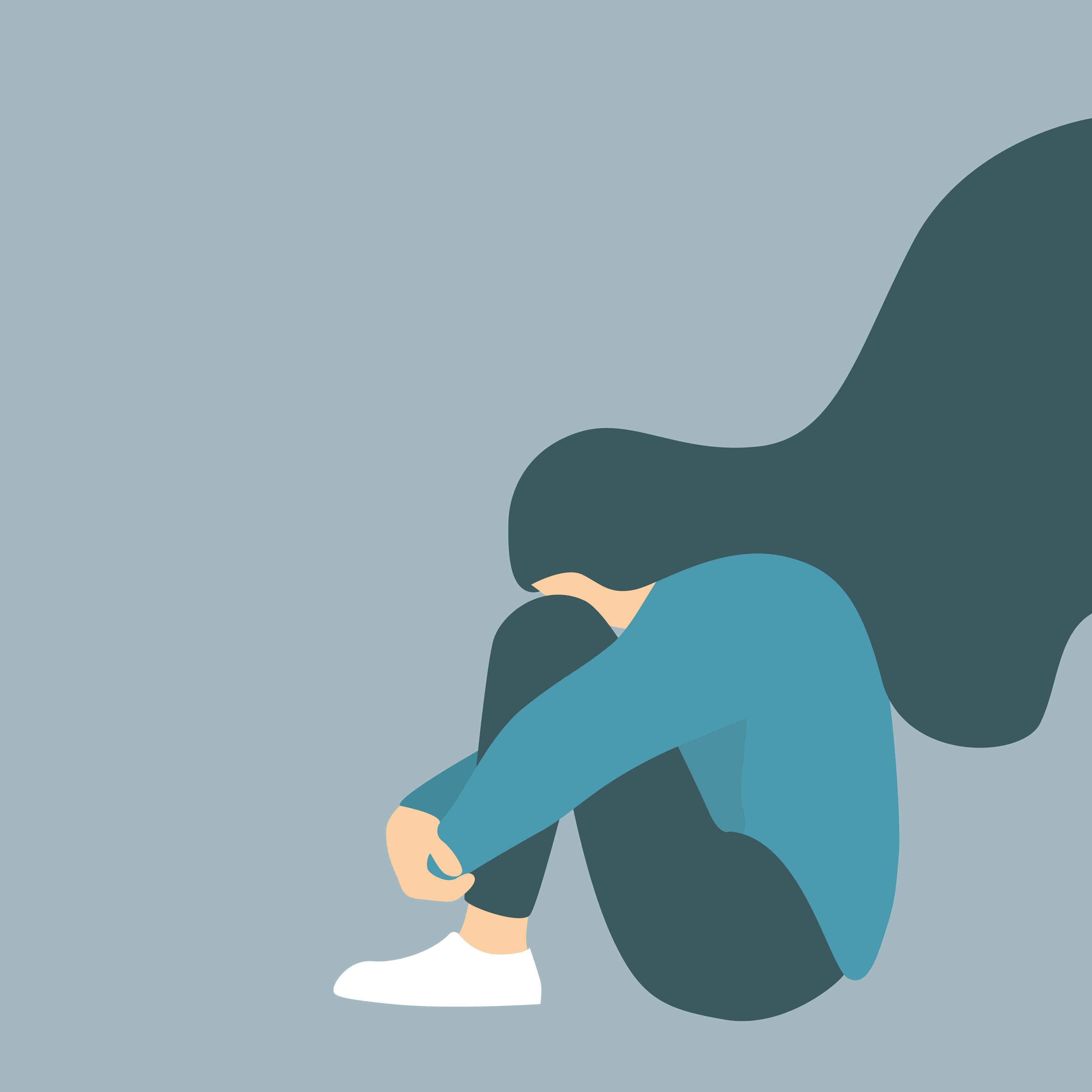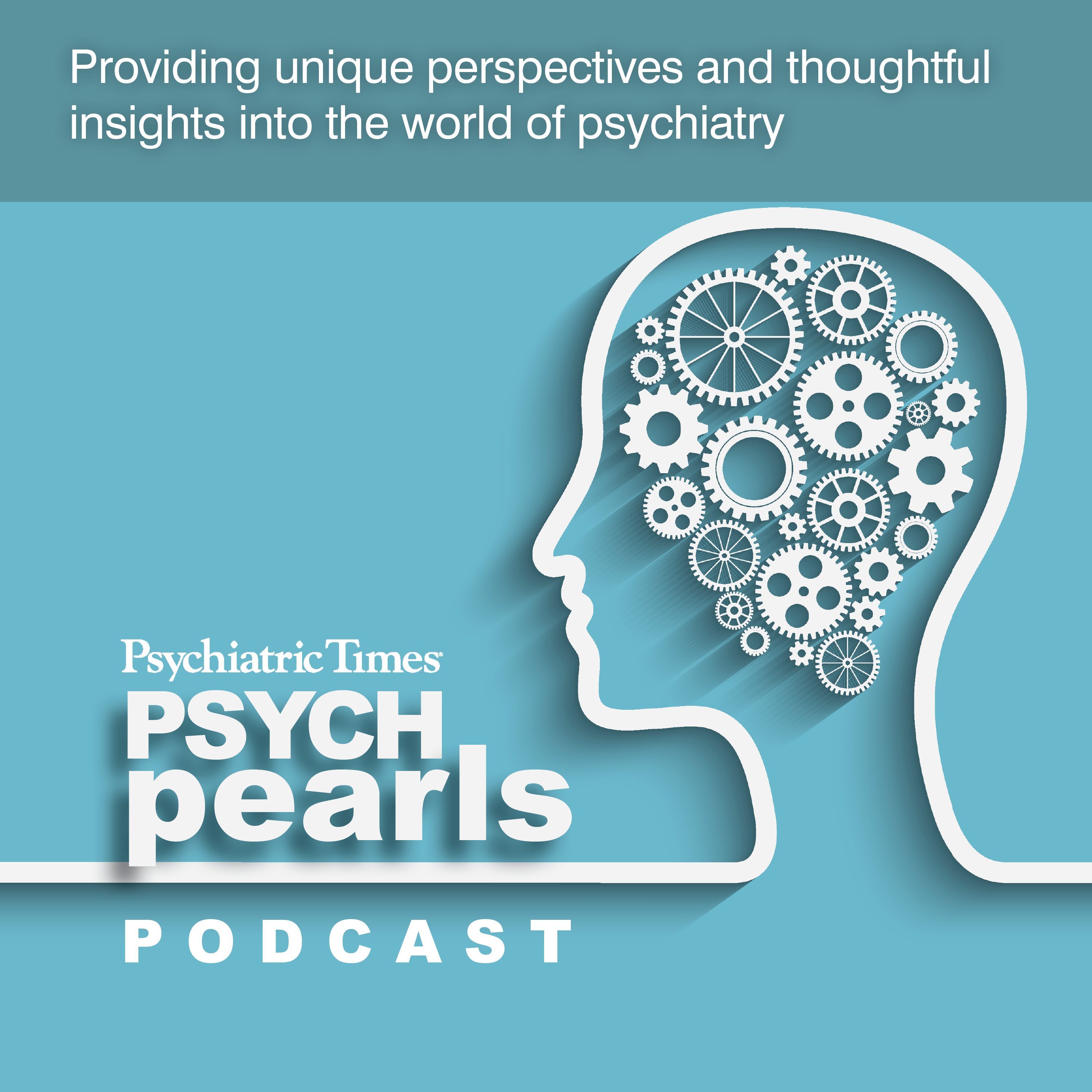News
Article
New Study Finds Female Physicians are at Higher Risk of Suicide Than Female General Population
Author(s):
Key Takeaways
- Female physicians in the U.S. have a 53% higher suicide risk than female nonphysicians, while male physicians have a lower risk than their general population counterparts.
- Physicians are more likely to experience depression, mental health issues, and job-related challenges before suicide compared to the general population.
A recent study found that female physicians have a 53% higher risk of suicide compared with the female general population.
Katakari/AdobeStock

A new study found that female physicians in the United States face a significantly higher risk of suicide than the rest of the female general population, offering new information after previous reports comparing physician with nonphysician suicide rates were inconclusive. Physicians in general were found to have higher odds of experiencing a depressed mood or legal issues than the general population prior to dying by suicide.
Makhija et al analyzed data from the National Violent Death Reporting System (NVDRS) between 2017 and 2021, having identified 448 completed physician suicides, with 94 being completed by women and 354 completed by men. There were 97,467 completed nonphysician suicides, with 76,697 completed by men and 20,770 by women. Female physicians were found to have a 53% higher risk of suicide compared with female nonphysicians (incident rate ratio [IRR] 1.53; 95% CI, 1.23 to 1.87).1 Conversely, male physicians had a suicide risk 16% (IRR 0.84; 95% CI, 0.75 to 0.93) lower than male nonphysicians.1
“It cannot be ignored that there may be factors yet unknown about being a woman in health care that increases suicide risk. Possible contributors include underrecognition for similar work and achievements, inequitable pay and opportunities for promotion, greater domestic responsibilities leading to work-life imbalance, and risk of sexual harassment,” wrote the study authors.1
Makhija et al’s findings indicated that physicians in general more frequently experienced a depressed mood (adjusted odds ratio [aOR] 1.35; 95% CI, 1.14 to 1.61) and mental health issues (aOR 1.66; 95% CI, 1.39 to 1.97) before suicide. They were also more likely to encounter job-related challenges (aOR 2.66; 95% CI, 2.11 to 3.35) and legal problems (aOR 1.40; 95% CI, 1.06 to 1.84) compared with the general population.
Makhija et al shared that female physicians most frequently used poisoning as their method of suicide, while male physicians primarily used firearms. Physicians were more likely to use poisoning (aOR 1.85; 95% CI, 1.50 to 2.30) and sharp instruments (aOR 4.58; 95% CI, 3.47 to 6.06) than the general population. Toxicology reports from the NVDRS showed that physicians had higher odds of testing positive for benzodiazepines, cardiovascular agents, and drugs not prescribed for home use, suggesting potential diversion or misuse of medications. Makhija et al suggested more research must be done to clarify the context in which sharp instruments were used, but findings from Makhija et al related to substances not prescribed for home use highlight a potential risk mitigation strategy.
Age was a notable risk, with male physicians having had a higher mean age at the time of suicide at 62 years compared with the general male population at 51 years. Female physicians who died by suicide were only slightly older than their general population counterparts, with the mean age of female physicians being 52 years vs nonphysicians being 50 years.1
Makhija et al build off of a previous study published in 2004, which concluded that female physicians had a rate ratio of 2.27 when compared with female nonphysicians.2 However, study authors Scherenhammer and Colditz found that the suicide rate in male physicians was also higher than the rate of male nonphysicians, at 1.41.2 The 2004 study compared the aggregate suicide rate ratio of physicians and nonphysicians in both genders, but publication bias revealed some bias for women, needing clarification on if female physician suicide rates were elevated.
Efforts to destigmatize seeking help with mental health in the medical field were made with the introduction of the Lorna Breen Act and the development of the Lorna Breen Foundation. The foundation is working toward destigmatizing help-seeking behaviors by calling for the removal of intrusive questions from licensure and credentialling questions.
Study limitations for Makhija et al included NVDRS data that had different resources and protocols for complete data, like toxicology reports, from jurisdictions that made their data available, meaning the study may not be nationally representative.1 The NVDRS also had a prior history of underreporting prior circumstances at the time of the study, meaning the data could not be interpreted as precipitating factors for suicide and connections could not be made between individual circumstances.Due to the Federation of State Medical Boards only reporting 4 nationwide age group categories, the standardized mortality ratio may have been biased.
“Comprehensive and multimodal suicide prevention strategies remain warranted for physicians, with proactive consideration for those experiencing mental health issues, job problems, legal issues, and diversion investigations,” Makhija et al concluded.
References
1. Makhija H, Davidson JE, Lee KC, et al. National incidence of physician suicide and associated features. JAMA Psychiatry. Published online February 26, 2025.
2. Schernhammer ES, Colditz GA. Suicide rates among physicians: a quantitative and gender assessment (meta-analysis). Am J Psychiatry. 2004;161(12):2295-2302.






